State Converter Installation Guidelines
Important Notice for OBDII Vehicles
To prevent a recurrence of emissions-related problems, the following steps should be taken prior to replacing a converter on a vehicle equipped with an OBDII system:
- Prior to installation of a new converter, retrieve all PCM (Powertrain Control Module) trouble codes and perform required repair procedures for any stored codes. On some applications, manufacturers may have issued Technical Service Bulletins indicating that re-flash updates of the PCM may be required to resolve emissions problems.
- Repair all exhaust system leaks.
- Check O2 sensor operation to ensure vehicle is in proper fuel control.
- Always check for internal coolant leaks and excessive oil consumption.
- Make sure you have the right part for the application.
Failure to follow these recommendations may result in a recurrence of the original problem and could result in damage to the new converter.
Determining the Right Replacement Catalytic Converter
Step 1 - CONSULT STATE REGULATIONS PERTAINING TO AFTERMARKET REPLACEMENT CONVERTERS
Some states now require use of CARB-compliant aftermarket converters in certain circumstances. It is important to know your state’s requirements to determine the correct converter for your application and location.
The states referenced below currently have their own regulations governing the sale and installation of aftermarket converters.
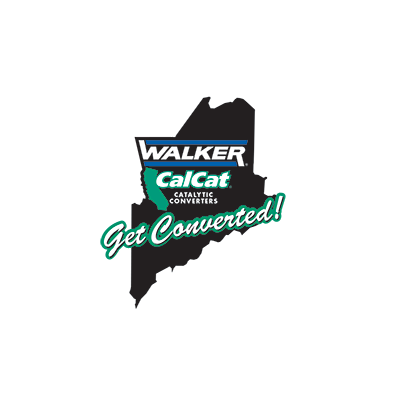
MAINE (Effective 6/1/2018)
CARB-compliant aftermarket replacement converters are required for California Emissions Certified vehicles, model years 2001 and newer, operated in the state. EPA-compliant converters may be used on vehicles from model years 2000 and older, OR all Federal/EPA-only Emissions Certified vehicles, regardless of model year.
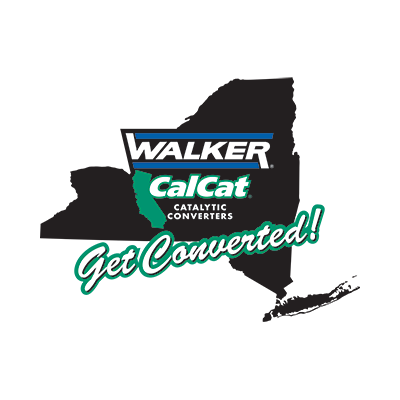
NEW YORK (Effective 6/1/2013)
CARB-compliant aftermarket replacement converters are required for California Emissions Certified vehicles – model years 1993, 1994 or 1996 and newer – operated in the state. EPA-compliant converters may be used on vehicles from model years 1995, 1992 and older, OR all Federal/EPA-only Emissions Certified vehicles regardless of model year.
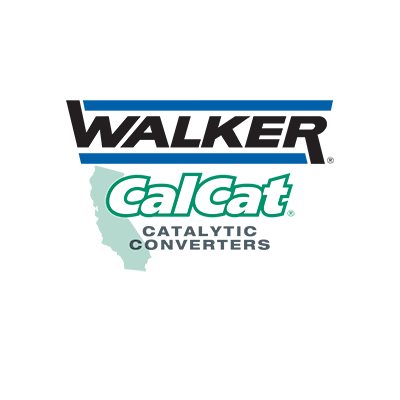
CALIFORNIA (Effective 1/1/2009)
CARB-compliant aftermarket replacement converters are required for any vehicle operated in the state.
CALIFORNIA-COMPLIANT INSTALLATION REQUIREMENTS
Effective January 1, 2009, new aftermarket catalytic converters sold or installed in California must meet the following requirements:
- Be labeled or tagged with a CARB EO (Executive Order) number indicating the converter complies with California’s requirements for aftermarket converters.
- Be installed only on applications listed in the manufacturer’s Vehicle Application Catalog and per CARB’s Installation Guidelines.
- Be warranted for 5 years/50,000 miles, and cover the cost of parts and labor.
- Be compatible with OBD catalyst monitors used on newer vehicles. This includes making sure converters won't cause false catalyst codes, while also making sure that the OBD system will continue to set a catalyst fault code if the aftermarket converter fails.
NOTE: CARB permits any aftermarket converter to be installed on vehicles older than 5 years and for which the OE emission warranty has expired.
Step 2 - LOCATE THE VEHICLE’S EMISSIONS CONTROL INFORMATION LABEL
To determine which catalytic converter to use on a vehicle, it is necessary to determine the specific emissions system installed by the OE manufacturer. This information is provided on the vehicle's Emissions Control Information Label located in the engine compartment in a visible location – usually on the hood underside, strut tower, radiator support, fan shroud or firewall.
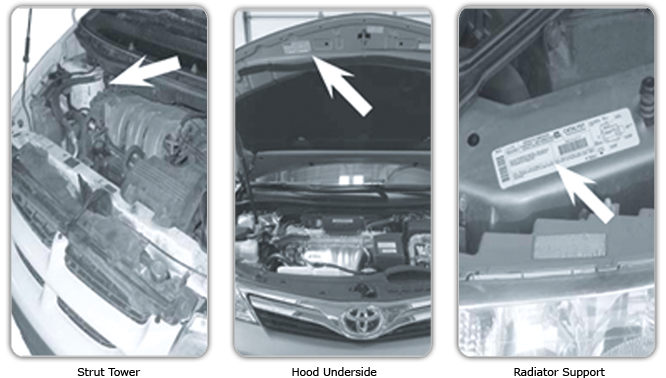
Step 3 - DETERMINE THE EMISSIONS CERTIFICATION
A vehicle is a California Emissions Certified model if the Vehicle Emissions Control Information (VECI) label references: California, 50-State, CARB or ARB. This is vital information if regulations in your state mandate replacement converters be CARB compliant.
Step 4 - LOCATE THE ENGINE FAMILY NUMBER
The EFN, also referred to as the Engine Family Number, Emission Family Number or Test Group Number, is prominently located on the Vehicle Emission Control Information label, along with other important emissions specifications. This information is vital when looking up parts in the application catalog, to ensure proper fit and when navigating state-mandated aftermarket replacement converter regulations.
All OBD applications in the Walker® CalCat® CARB-compliant catalog reference an EFN. Be sure to verify your EFN to avoid misapplication of the replacement catalytic converter. If the label is missing, it is necessary to contact the OE dealer for the information, or to order a new Emission Control Information Label.
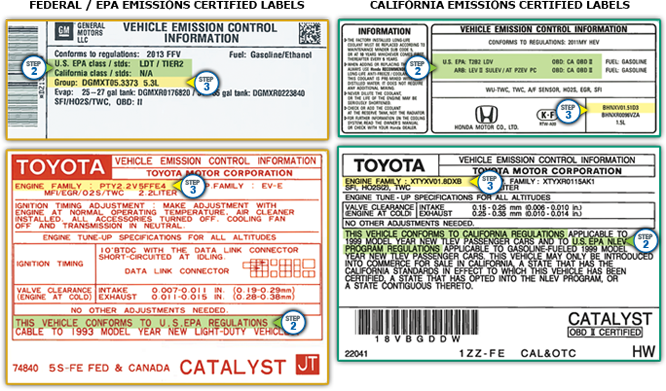
Determining the proper replacement converter for a particular vehicle takes a little research. The Walker CalCat catalog will specifically indicate which converters are legal for use in California and on which vehicle models they can be installed.
California-Compliant Installer’s Checklist for New Aftermarket Catalytic Converters
- The vehicle’s emission warranty for the OE converter has expired. Warranties range from 7 years / 70,000 miles to 15 years / 150,000 miles. Consult the owner’s manual for details
- The installer has confirmed the need for a replacement catalytic converter. If the OEM converter is still present, a diagnosis that it is malfunctioning is required.
- The vehicle is specifically included in the application list for the catalytic converter and the converter is legal for use in California.
- The replacement converter is installed in the same location as the OE converter (the front face location will be within three inches compared to the OE).
- All oxygen sensors remain installed in their OE location(s).
- The catalytic converter is installed on a “one-for-one” basis (a new converter is installed for each OE converter being replaced). Decreasing or increasing the number of catalytic converters (compared to the OE configuration) is prohibited.
- The Converter Warranty Card is completed – The Installer must:
- Fill out the warranty card
- Obtain the customer’s signature on the card
- Give the original to the customer
- Attach a copy to the original repair invoice
- Return the pre-paid postage copy of the warranty card to the catalytic converter manufacturer
- The installer must file and maintain a copy of all documentation for a period of at least four years from the date of installation.
ATTENTION: Under California regulations, it is illegal to install a catalytic converter based solely on physical shape, size, configuration or pipe diameter. See the Walker CalCat catalog application section for specific part numbers for a specific vehicle.